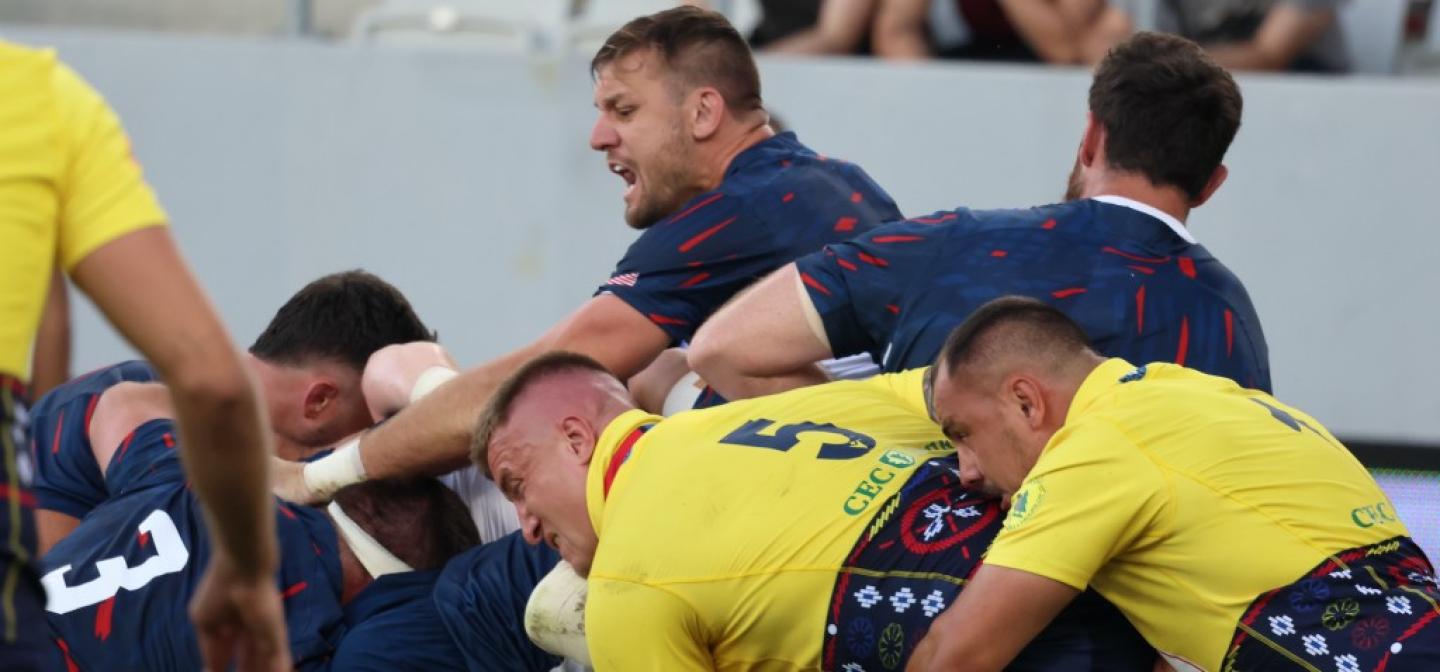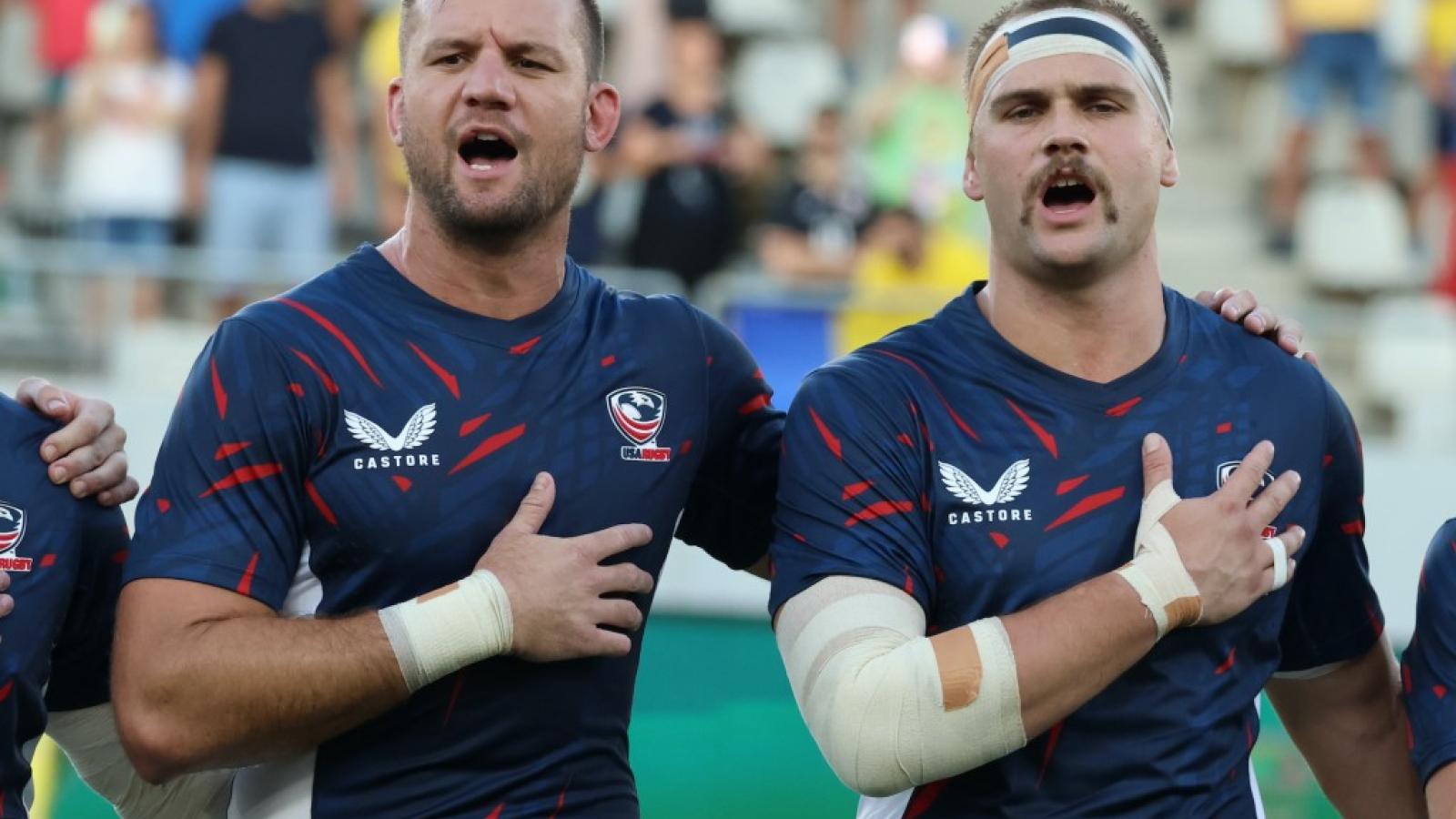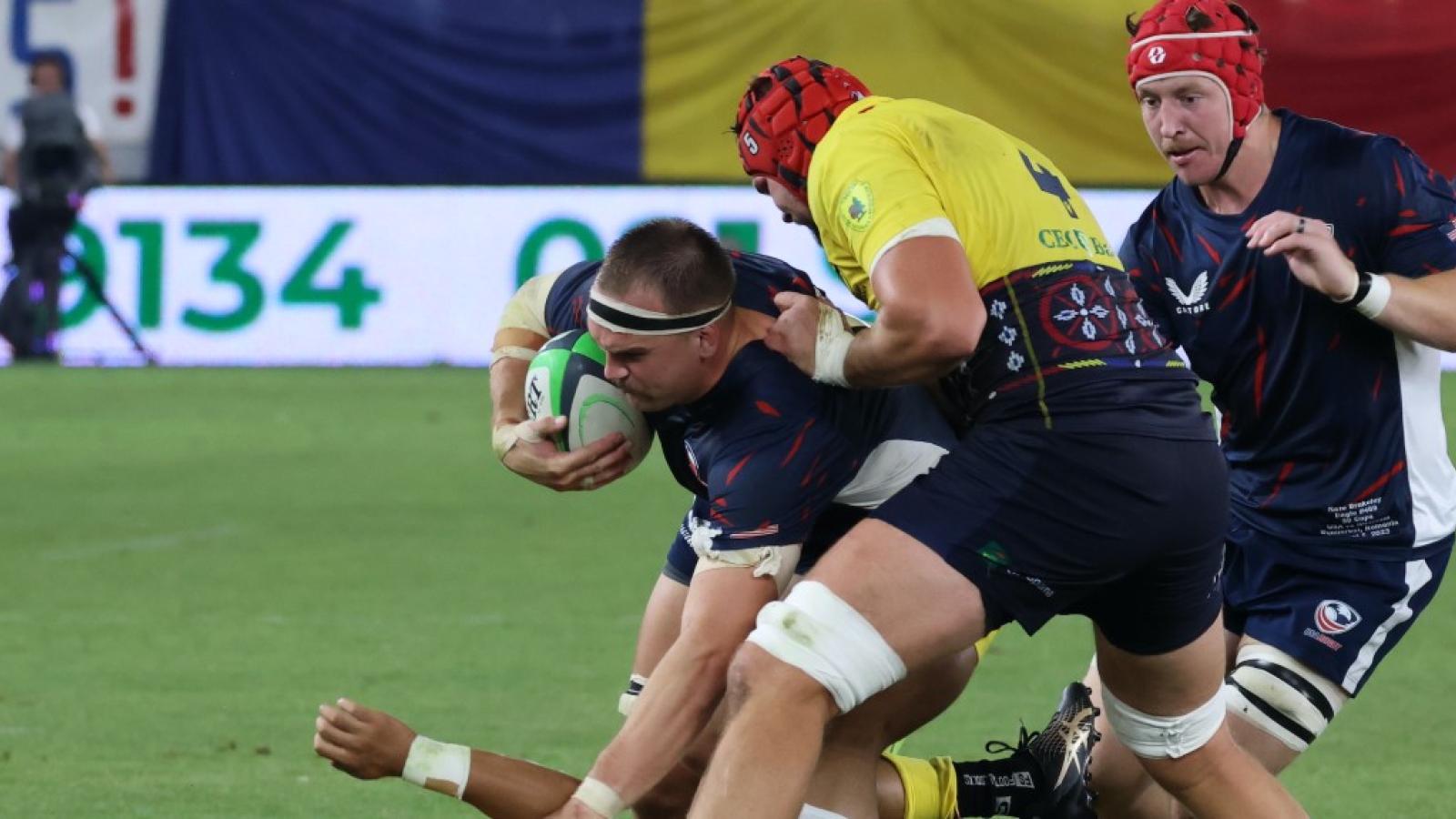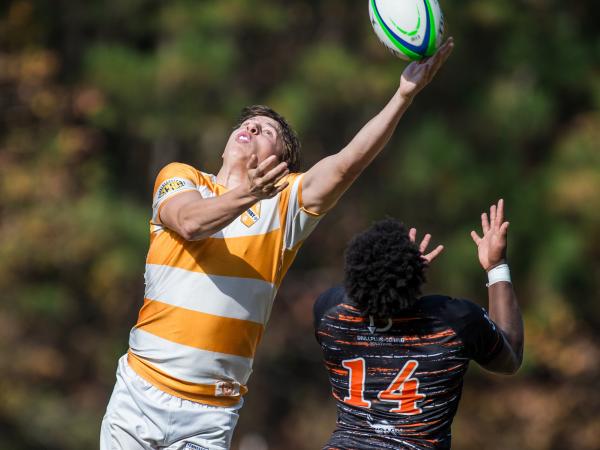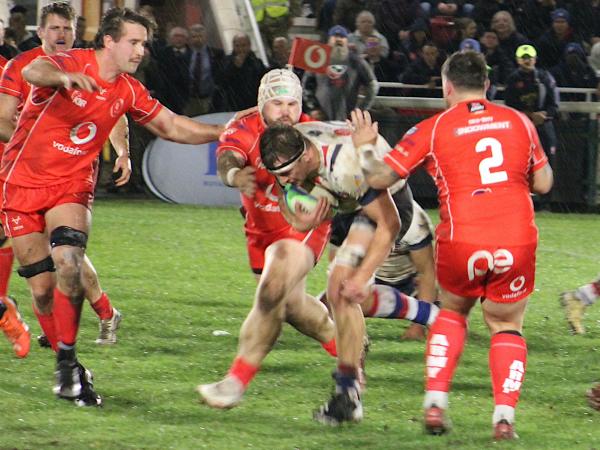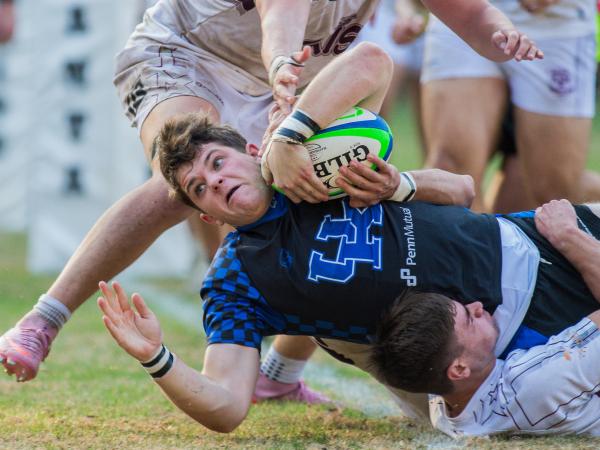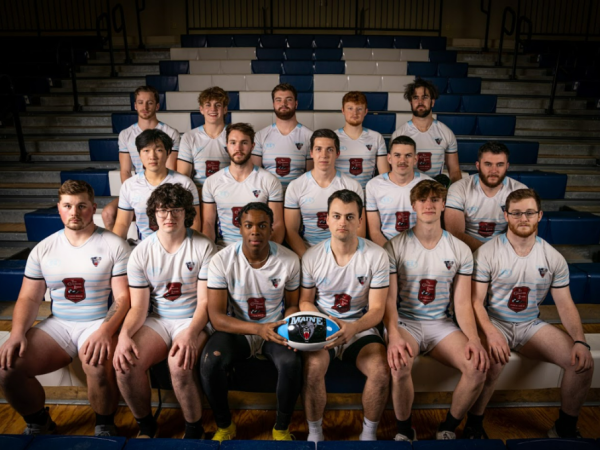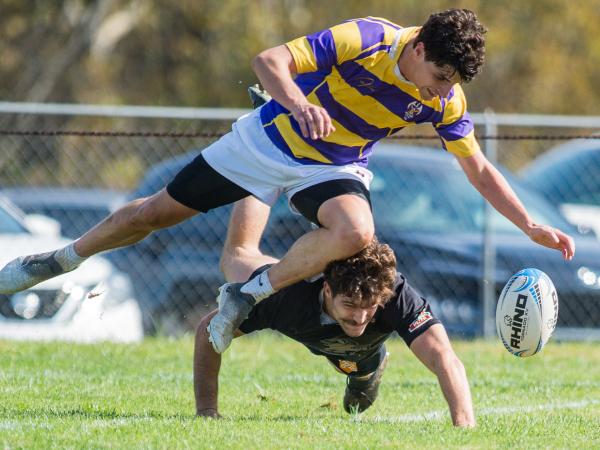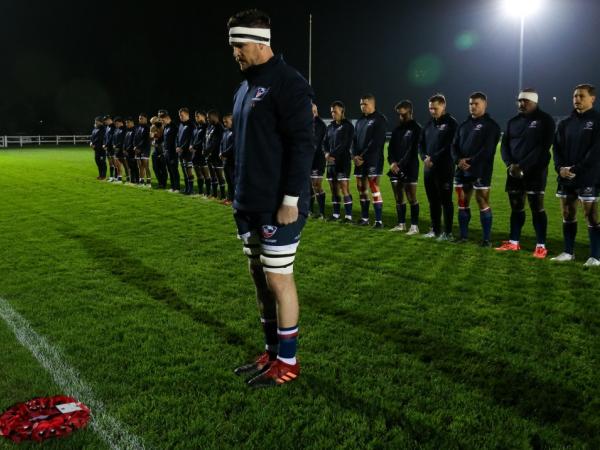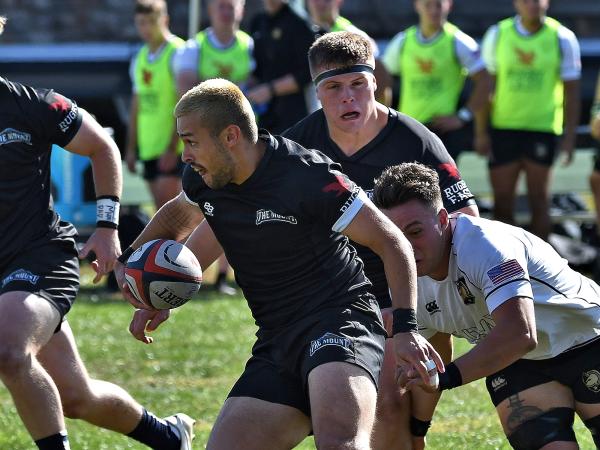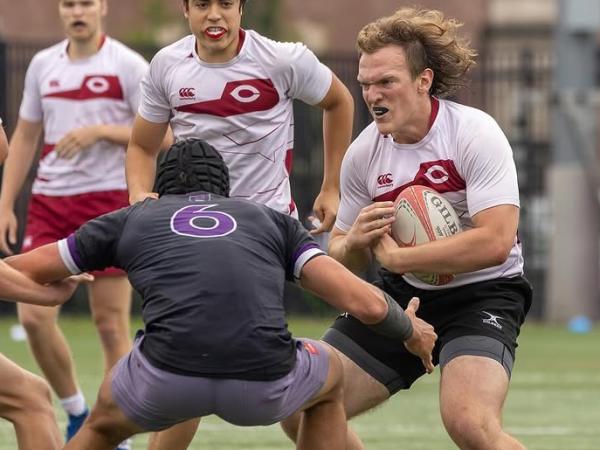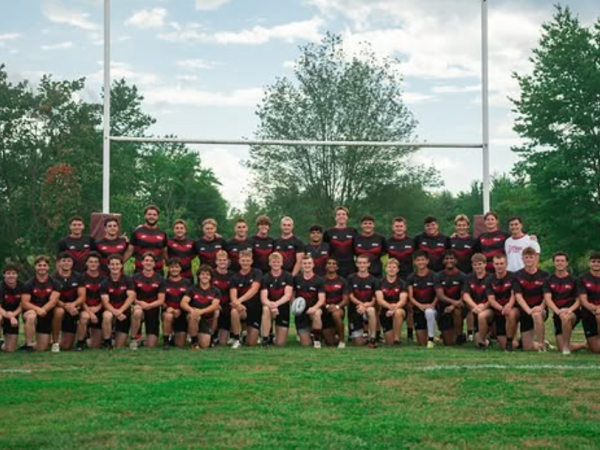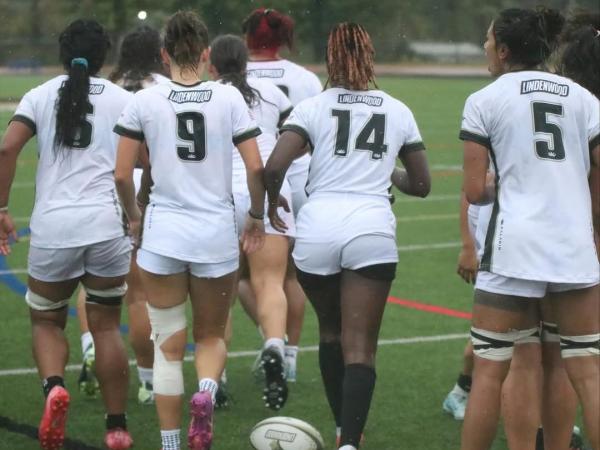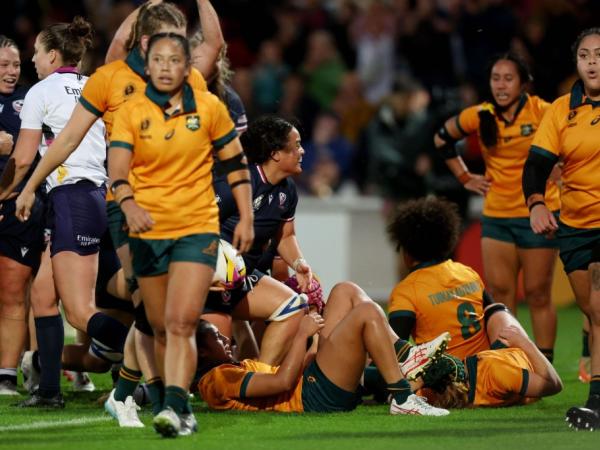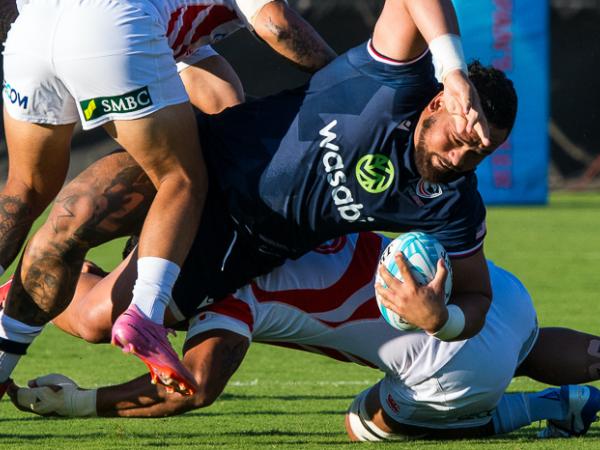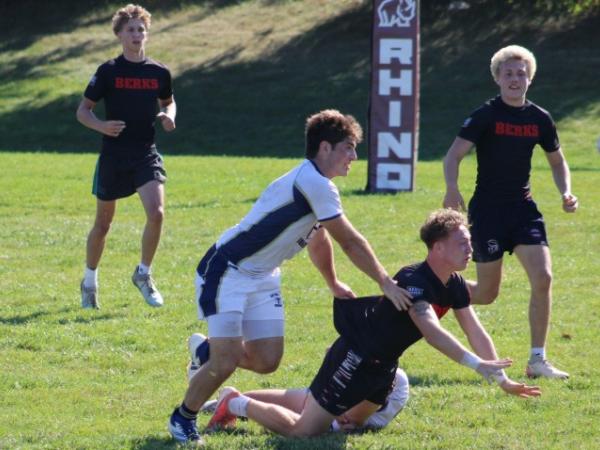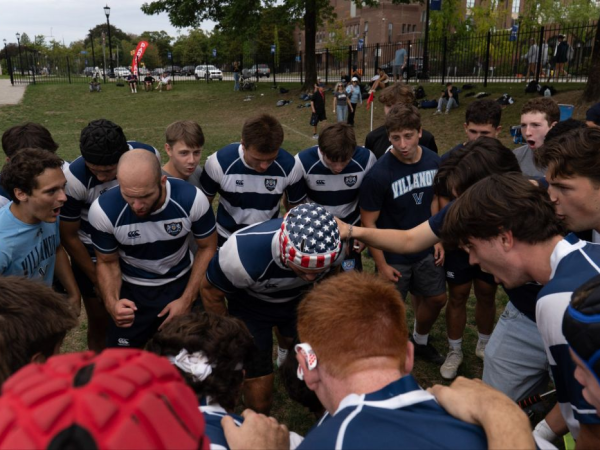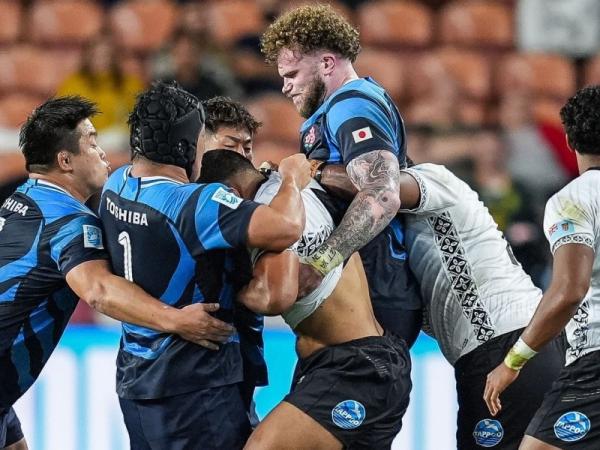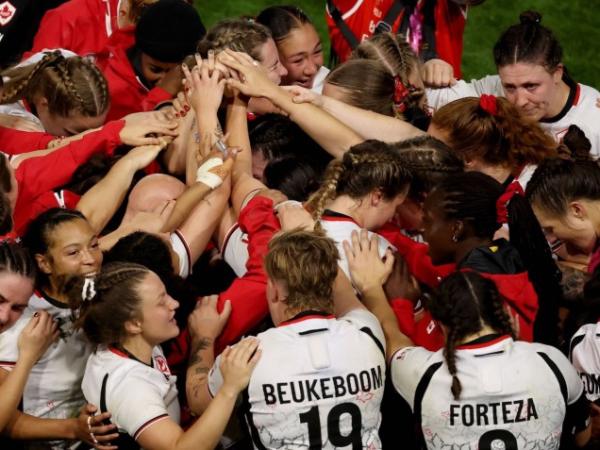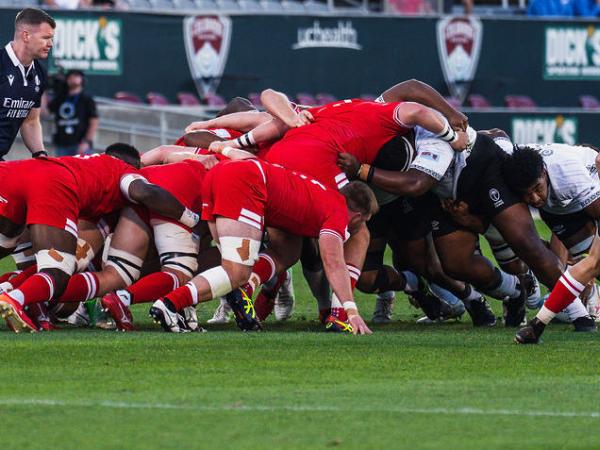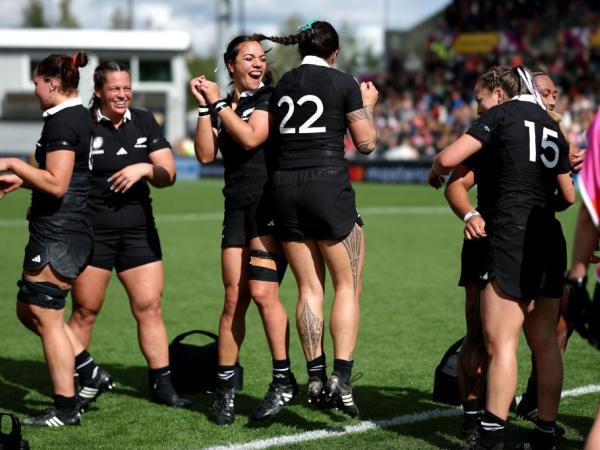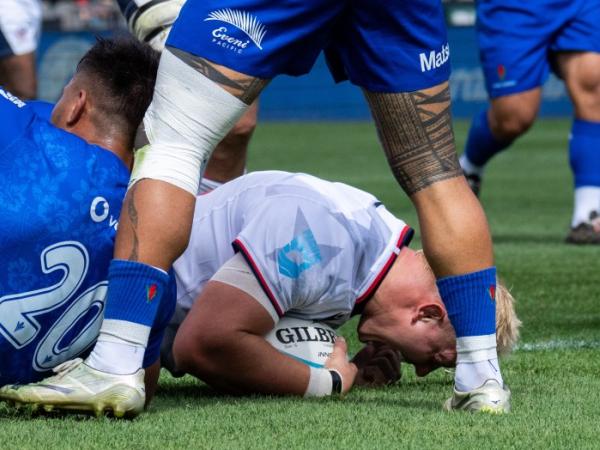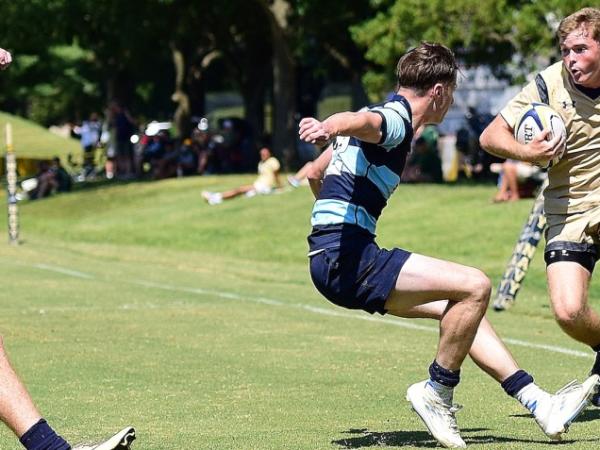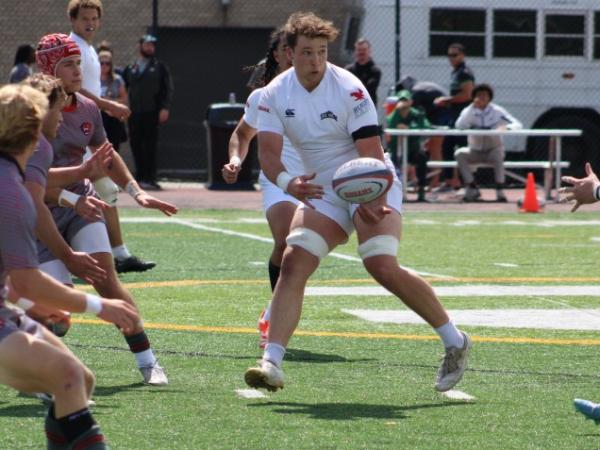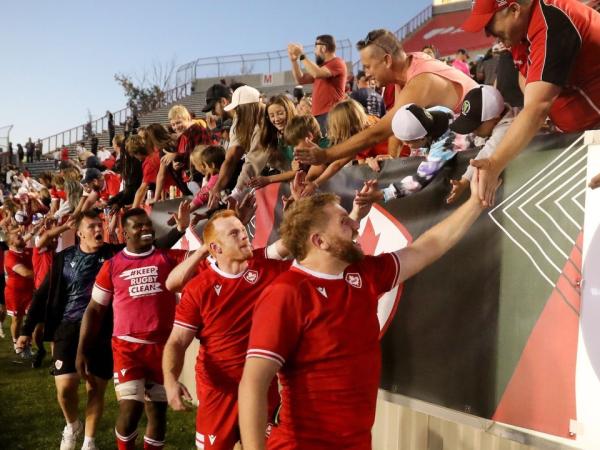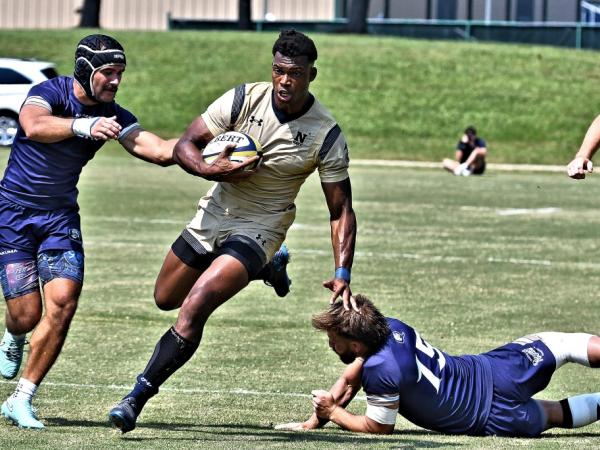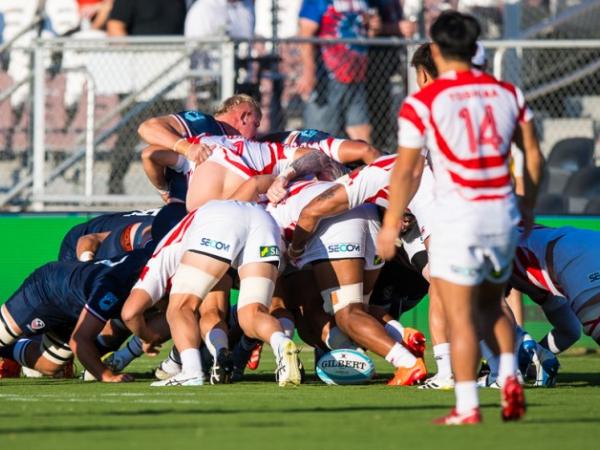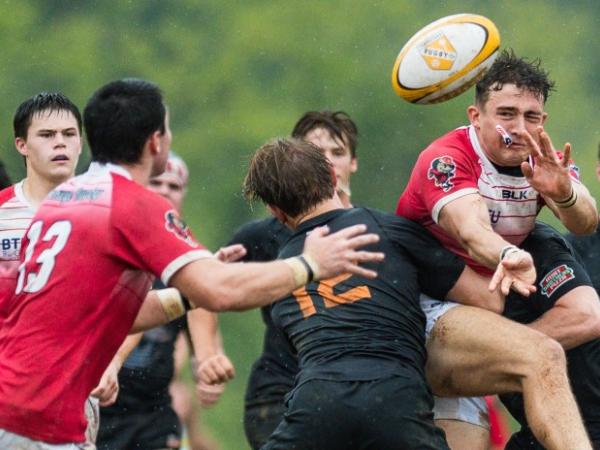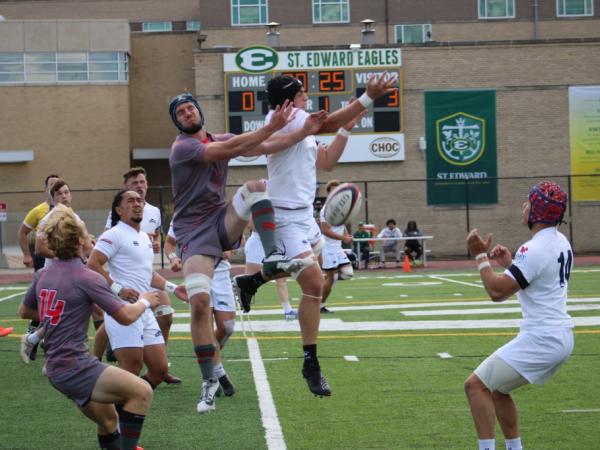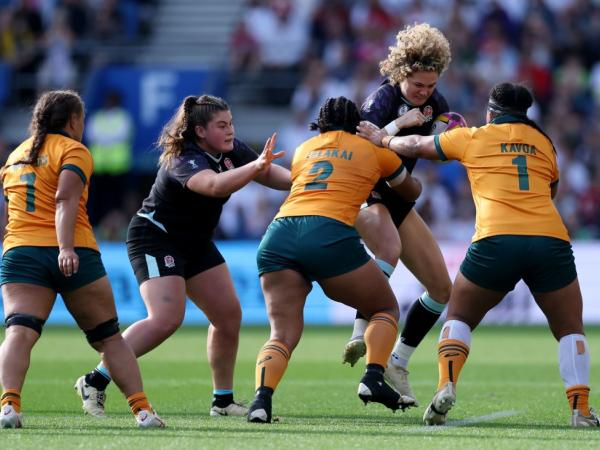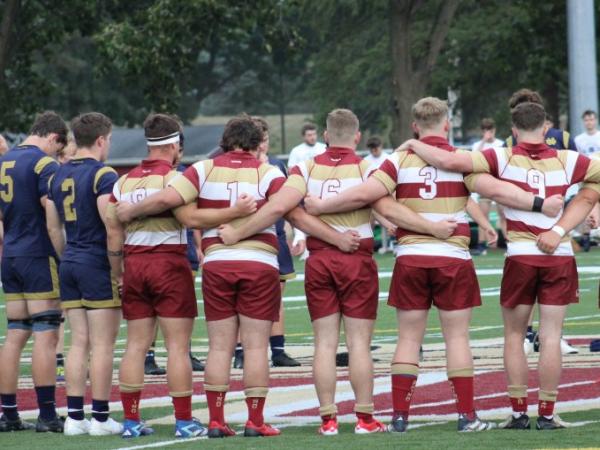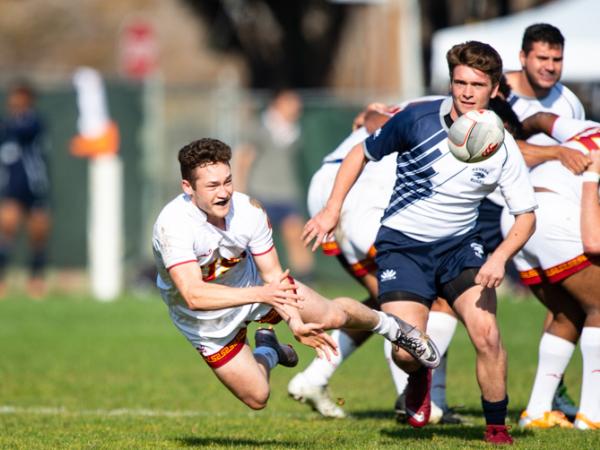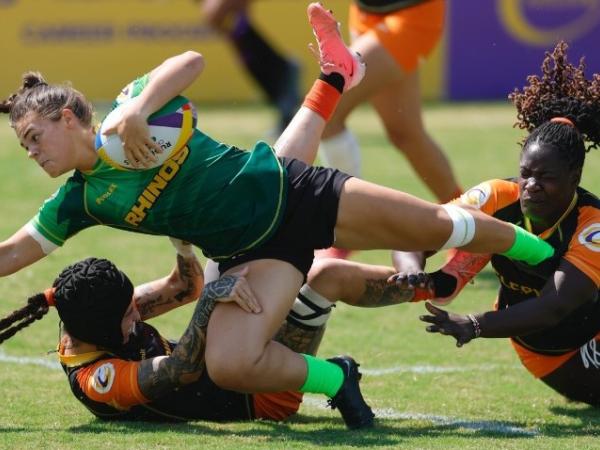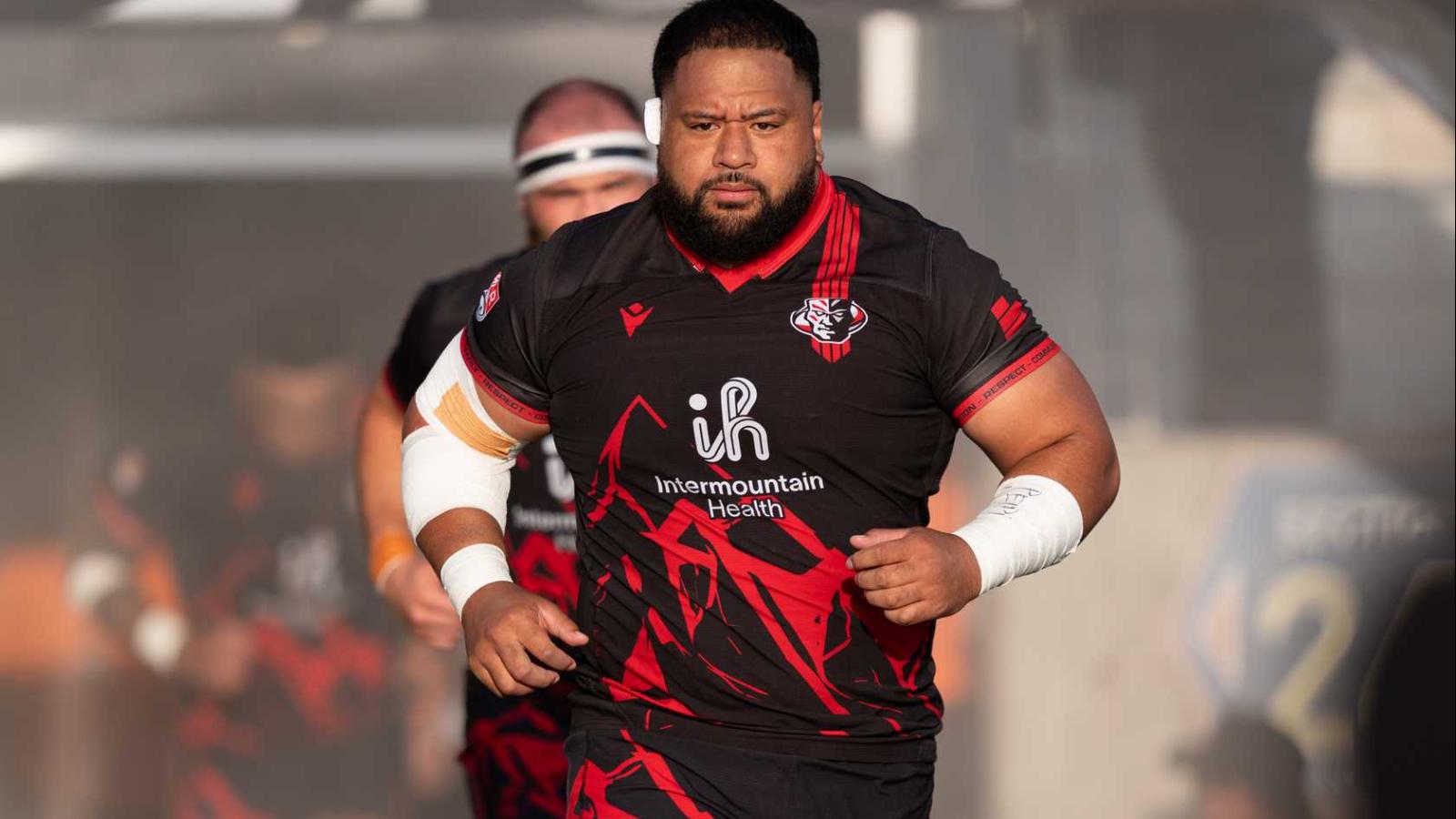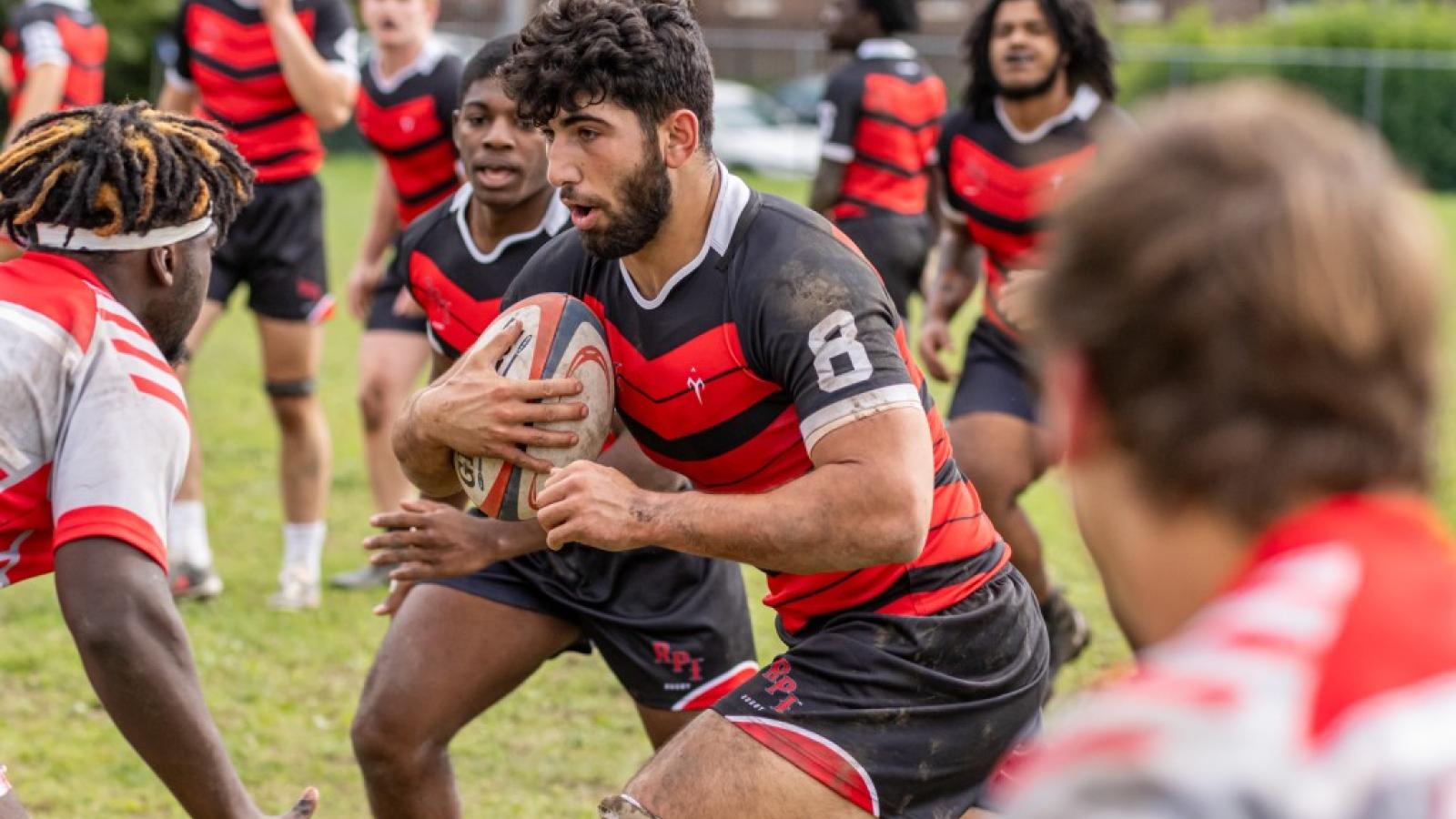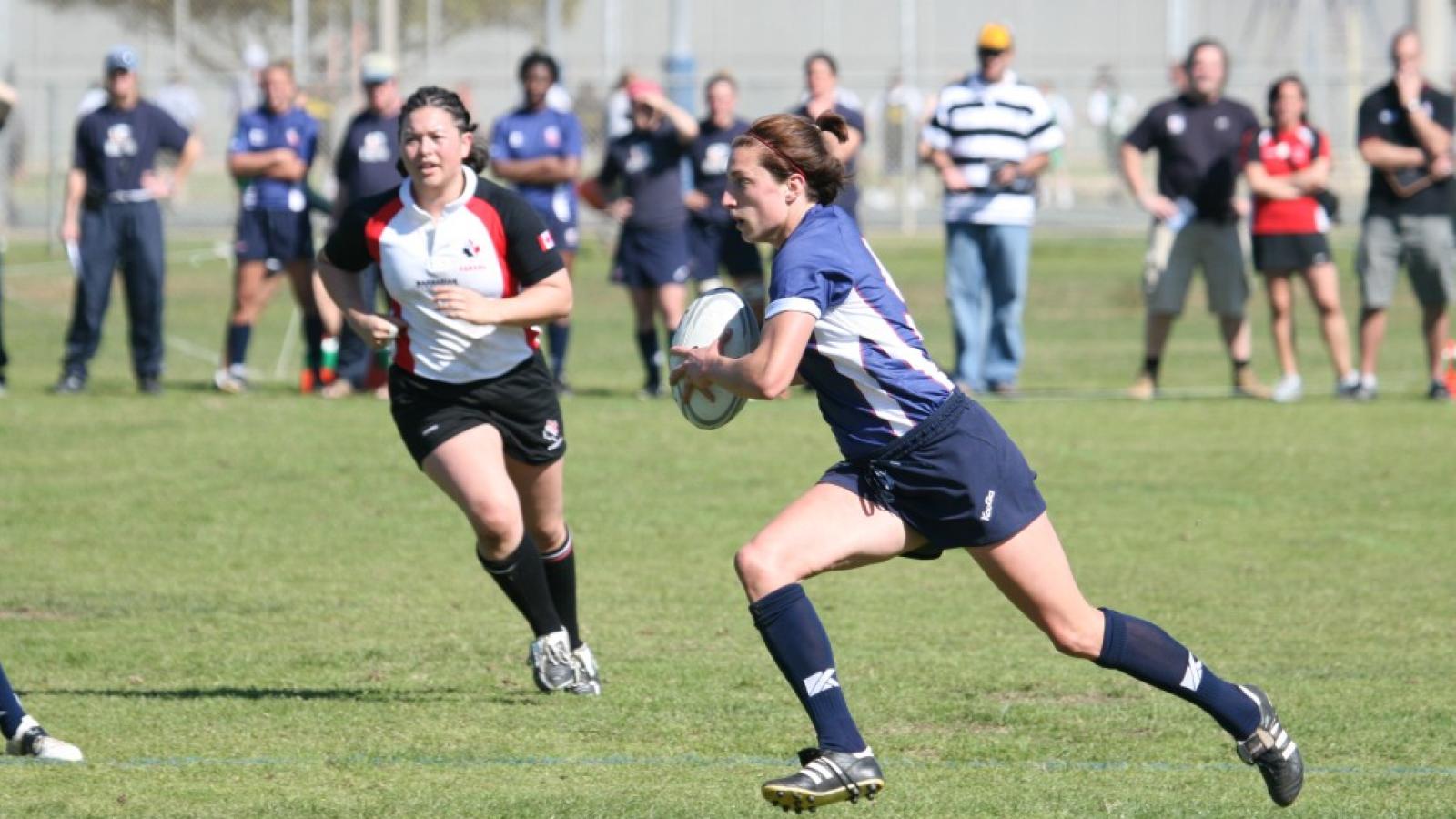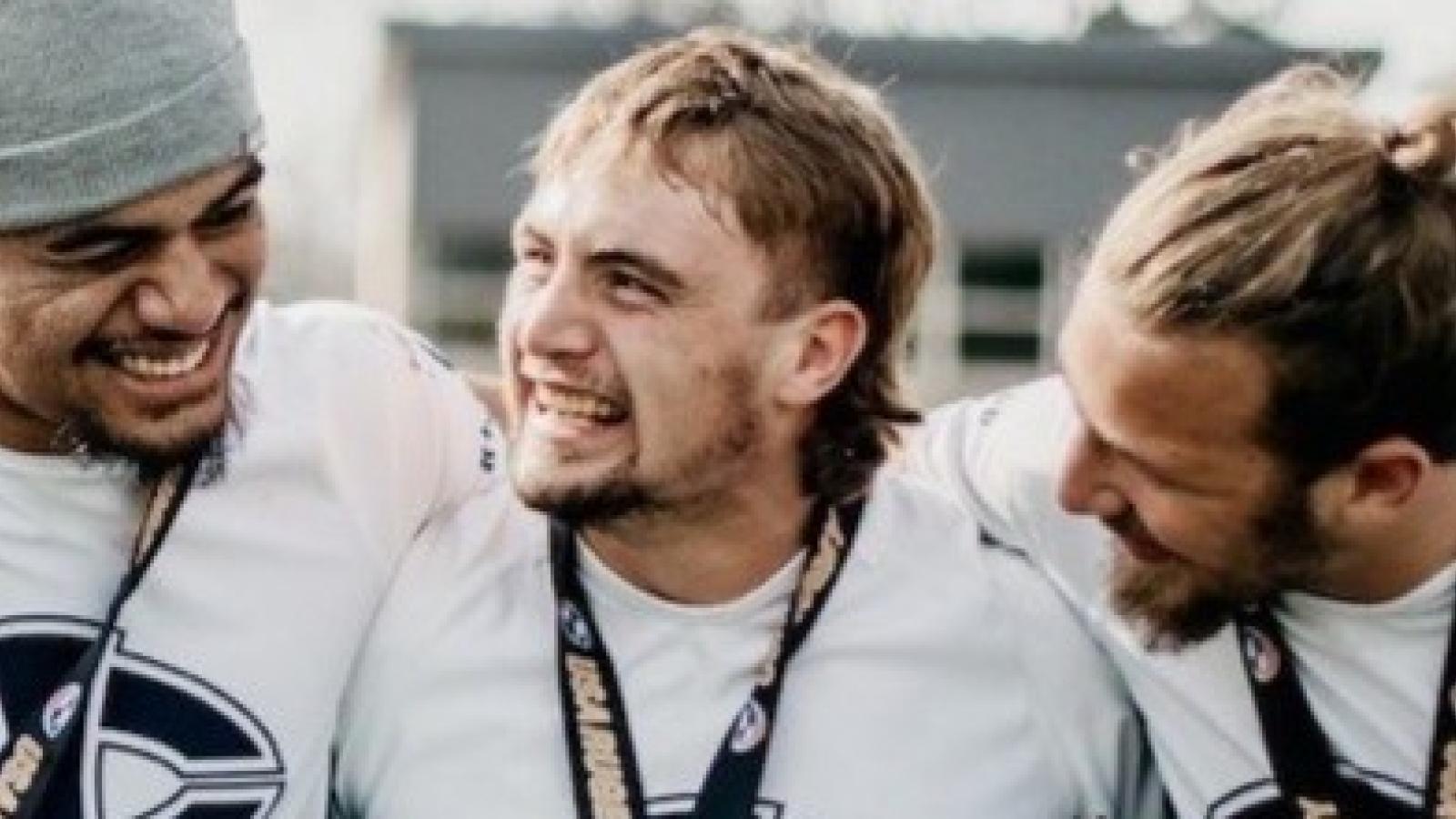Following their convincing victory over Romania, the USA Men’s 15s team has come in for some enthusiastic kudos … but how do the players feel about it?
The first part of that is the fact that the Eagles were more fun to watch—more direct, more committed to continuity. It’s also fun to play.
Playing Fast
“A lot of it was fast,” said USA debutant Sam Golla. "We wanted to match them physically. A big part of our game plan was kick to their territory, use our fitness and speed to come up there, take that ball away, and then use our set piece to execute our attack. And that's pretty much what we practiced throughout the week, and I thought we did a really good job of that, especially in the first 60.”
“Obviously with international rugby, you've gotta be fit, you've gotta be physical; bodies are a little bit bigger, skills are a little bit better, and, and not just handling skills, but contact skills as well,” added lock Cam Dolan. “We worked a lot on that, especially under fatigue, when we were in Charlotte with [Head Coach] Scott [Lawrence].”
Lawrence worked them hard in the team camp in North Carolina.
“Scott put us through the steps in Charlotte,” said Dolan. “Some of the hardest fitness I've ever done personally, and I've been fortunate enough to be in the team for a decade now. You can't play rugby if you're not fit. And sure, you can have instances in games where you look good, but consistently over 80 minutes, it's tough to do if you're not fit. And that’s kind of been our issue … we hand with the big teams for 40 or 50 minutes and then all of a sudden we drop off and get 30 points put on us. So if you can take it to them and wear them out early, it’s going to be tough for them to come back because hopefully they’re not as fit as you.”
Chasing the Numbers
So there’s the fitness side, and the mindset, but there’s an analytical side. With Scott Lawrence as Head Coach you know there will be an analytical side.
“Scott's, you know, big on statistics and trends and stuff, and a trend in world rugby is over over 50% of tries start from lineouts,” added Dolan. “So if you nail your own lineouts and shoot for 90 to 100%, you put yourself in a better place to score tries. On the flip side of it, if you can take away their lineup, they're gonna score a lot less tries. And if you put the scrum in there, probably another 20% gets scored from scrums. So now you’re looking at 70% of tries start from from those two set pieces. If you can dominate those aspects of the game you’re in a much better position to win and even dominate aspects of the game.”
The USA has usually been though of as an athletic team that is good in the lineout, but that hasn’t always been the case. Right now the Eagle lineout is working because they have a good combination of accurate throwers, quick and strong lifters who are (crucially) fit enough to put the lift in late in the game, and tall jumpers.
“If you look at the team that was picked on the weekend, you’ve got Greg Peterson, who’s six-foot-eight; you’ve got myself who’s 6-6, Sam, 6-5 or 6-6. Nate Brakeley came off the bench and he’s a tall fellow as well. So all fairly big bodies,” said Dolan. “America around the world in rugby has always been known as athletic but maybe missing little those little bits of skills when it comes to set piece. With the introduction of MLR I think guys being able to do it day-in, day-out over a long course of time adds value to the international team.”
Keeping Continuity
One of the skills we don’t talk about enough in these pages is probably work on the ground. Holding-on penalties are especially galling because they usually happen when the USA is going forward. But a poor set, or a slow clearcut can undo all that good work.
The Eagles did a fairly good job against Romania this past weekend in this area. And, no coincidence, they ended up scoring five tries.
“There were fewer [of those penalties] in this game,” said Dolan, “But we probably didn't do as good of a job as we would've liked to do in that aspect of the game. It's just anticipating where that breakdown's gonna be and getting your body over the ball rather than kind of waiting to see what the ballcarrier does, letting him hit the ground and then trying to go. And what a lot of people don't realize is that that ball carrier actually has a lot of work to do on the ground when he just goes straight to ground and just kind of dies and just hopes to place it. So if he can work hard on the ground and kind of rip his body back and get that ball back, anyone poaching the ball from the defensive side is going to struggle because they've now got to get their body low.”
Golla said that ground work and clearout work was most of what he was worried about in his first game.
“It was something I've been reviewing with the coaches and doing some extras as well, kind of seeing my body movement towards the breakdown,” said the former Cal captain. “A lot of it is that speed to the breakdown as much as it is the ballcarrier. It’s both parts, but definitely something that’s been a step up for me.”






